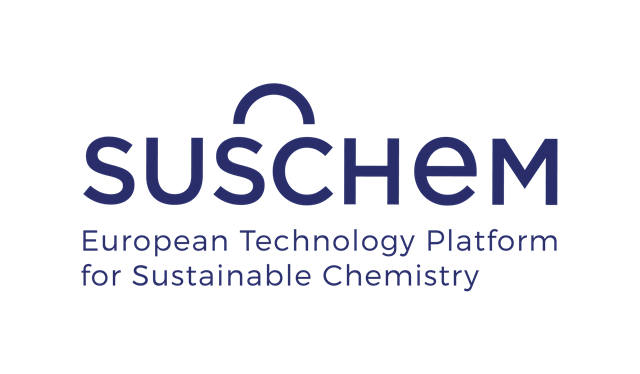The findings of the report were presented to a meeting of the High Level Steering Group (HLSG) of the EIP Water on December 6 in Brussels, including European Commissioners Potocnik and Geoghegan-Quinn, by SusChem board member Gernot Klotz.. As well as identifying the main barriers and bottlenecks to innovation in the water sector, the report proposes and prioritizes a range of interventions to remove or mitigate them.
The ad-hoc group has analysed and prioritised the barriers and bottlenecks to non-technological innovation in the water sector in Europe and abroad. Priority action topics have been identified, and roadmaps for each will be drafted and agreed upon by April 2014. The actions identified include:
- development of fit-for-purpose financial instruments (e.g. revolving funds)
- the establishment of an EU-wide coherent regulatory landscape
- a structured EU coherent approach for Public-Public and Public-Private Partnerships which should also target international export markets
- improvement in public and investor confidence by showcases and demonstration sites.
Breaking barriers
“Technological barriers and bottlenecks for water-related topics are tackled through the Research and Innovation programmes, such as Horizon 2020, and this is why the current report focuses on the identification of non-technological barriers,” said Antonia Morales Perez, Innovation Manager at Cefic and SusChem lead on water issues. “To remove or mitigate these barriers needs the cooperation of different stakeholders such as Member States, the European Commission, the European Parliament and Council, as well as the Water sector, Industry, Agriculture sectors and Academia.”
Among the intervention measures proposed in the report, there is a clear priority to establish an EU-wide coherent regulatory landscape that can facilitate the introduction of new technologies to the market, thereby creating the required critical mass to launch them in a competitive way.
The creation of a portfolio of “Showcases” for innovation will help to improve the confidence of public authorities, citizens and investors by demonstrating the added value of innovations in water (both technological and non-technological) and can also be utilized to replicate solutions in other locations both within and outside Europe. In addition new financing mechanisms, which facilitate innovation implementation, including dedicated models for SMEs will be pioneered.
SusChem has been highly engaged in the preparation of the report, together with the EIP Secretariat, and the platform will keep working on the preparation of the roadmaps that are to be developed for each intervention measure and will discussed in the next EIP Water Task Force meeting on April 3.
More information
For more information about SusChem and water issues, please contact Antonia Morales Perez at Cefic.


No comments:
Post a Comment
Please post your comment here. Please note that this newsblog is not moderated.
Note: only a member of this blog may post a comment.